1. Draught-proof your home
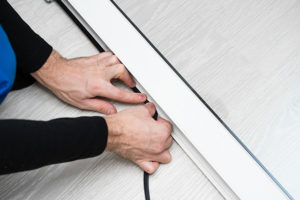 Draught-proofing is one of the cheapest and most effective ways to save energy. Look at windows, doors and loft hatches to work out where gaps could be letting cold air into your home. Draught strips and draught excluders are available at many hardware and homeware stores and will help to keep warmth escaping from doors and loft hatches. Avoid blocking any air bricks and vents that may be needed for air to circulate and some boilers to work safely.
Draught-proofing is one of the cheapest and most effective ways to save energy. Look at windows, doors and loft hatches to work out where gaps could be letting cold air into your home. Draught strips and draught excluders are available at many hardware and homeware stores and will help to keep warmth escaping from doors and loft hatches. Avoid blocking any air bricks and vents that may be needed for air to circulate and some boilers to work safely.
For windows, sealing or filling any gaps is a quick and easy way to limit draughts and loss of heat. If a window pane is broken or appears misty, you can replace the pane rather than the whole window at a fraction of the price of a full window replacement.
2. Low energy lighting
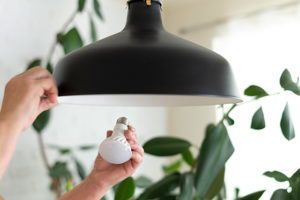
Energy efficient light bulbs can dramatically cut your electricity consumption. Focus on using the correct light for the space and dimming down the brightness to further reduce consumption where lights aren’t regularly switched off. Improvements may be required to the existing electrical system to make sure the lighting installed is safe.
The fewer lights that operate, the more you will save. Where possible, consider integrating daylight into your spaces through open curtains and blinds – this will help to minimise artificial light during daylight hours.
3. Choose energy efficient new appliances
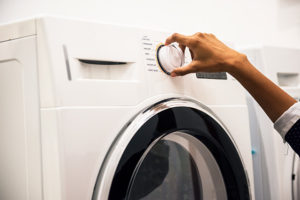 When the time comes to replace electrical appliances such as your TV, laptop or kitchen white goods, choose the most efficient model within your price range.
When the time comes to replace electrical appliances such as your TV, laptop or kitchen white goods, choose the most efficient model within your price range.
Efficiency ratings range from A to G-, and can be found on most websites. The closer to A, the more efficient the device will perform.
4. Insulate your water pipes
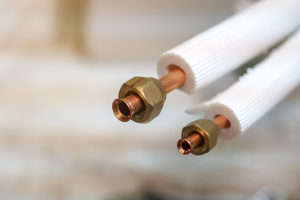
Foam insulation wrapped around water pipes, known as lagging, helps to retain heat as well as prevent the pipes from freezing. Insulating the hot pipes keeps heat in, but by insulating the cold pipes as well, condensation and excess humidity in a home is prevented.
You can purchase foam pipe insulation at most hardware stores.
5. Service your boiler annually
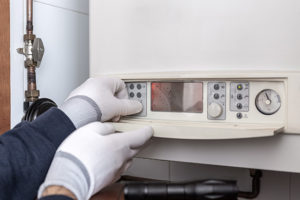
Servicing your boiler once a year will allow it to work as efficiently as possible, for as long as possible.
Boiler replacements are on the decline in favour of alternative measures, so if your boiler is reasonably new, it is better to keep it well maintained throughout its lifetime rather than replacing it early.
We’d also recommend keeping your boiler flow temperature at 55 °C or slightly lower. Higher than this, and the boiler will burn more gas and risk losing efficiency.
